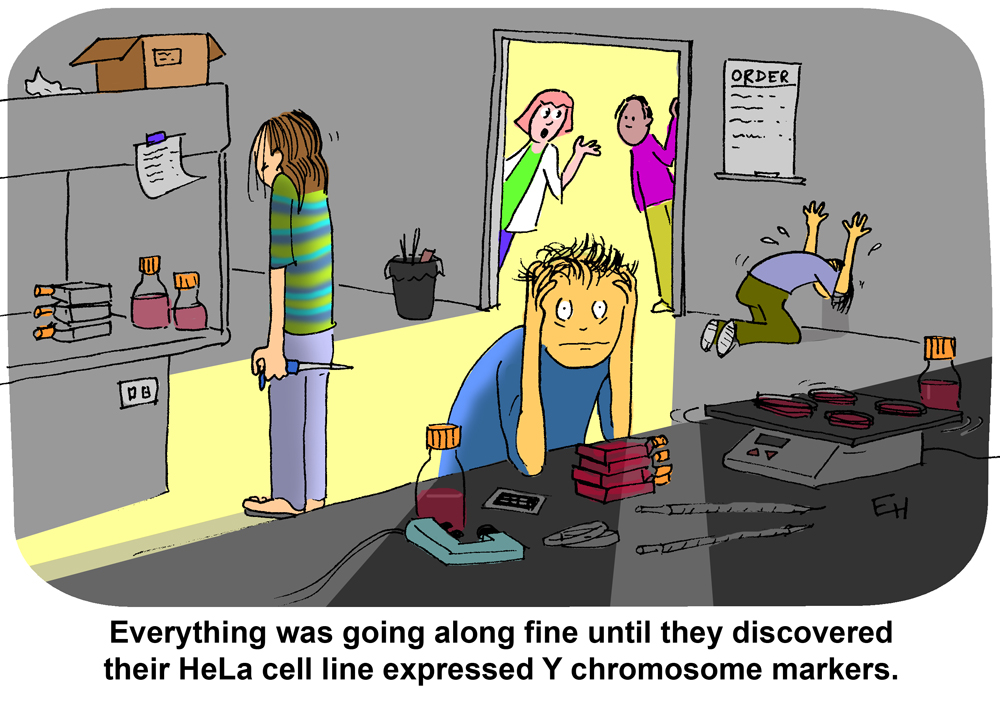
In the rapidly shifting context of a pandemic, public health officials need a way to quickly assess how vaccinations perform in changing situations. One approach is to identify correlates of protection, or biological markers that correlate with a certain level of protection from disease. This tool is used to assess the design and formulation of annual influenza vaccines, as immune system markers that correlate with protection from flu can give developers a sense of how effective the vaccine might be for different population groups. Though they are not a replacement for rigorous clinical trials, correlates of protection can provide meaningful and predictive data for vaccine developers with smaller trial sizes and less time.
A study published in November 2021 indicated that levels of binding antibodies and neutralizing antibodies for the SARS-CoV-2 virus in blood serum are correlates of protection for Moderna, Inc.’s COVE phase 3 clinical trial of their mRNA COVID-19 vaccine.
Continue reading “Antibody Correlates of Protection for mRNA Vaccine”





